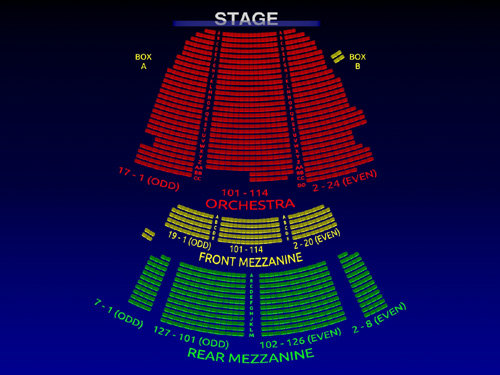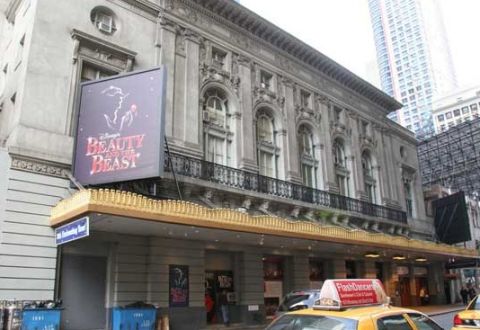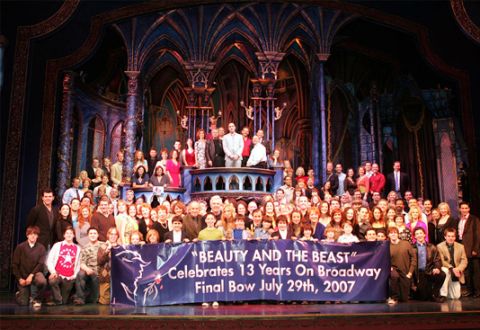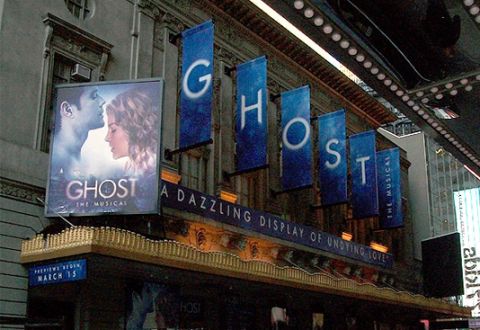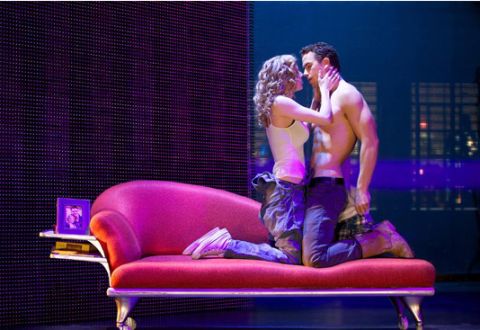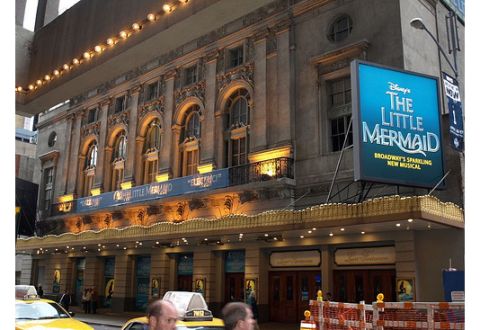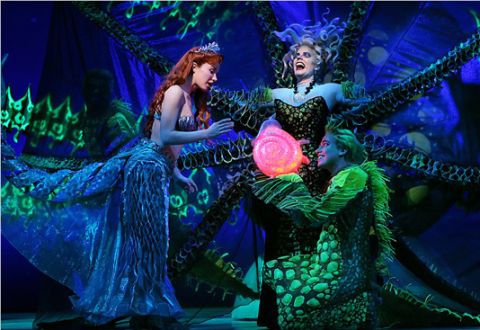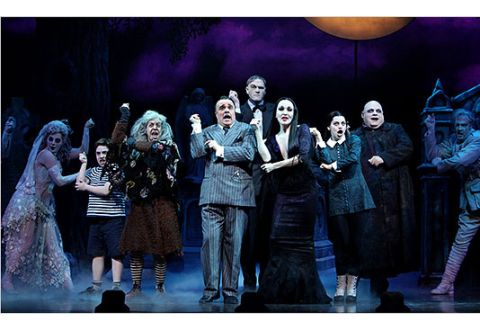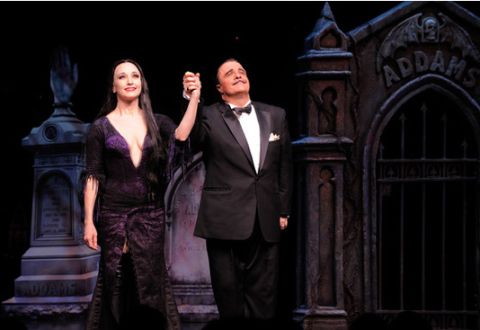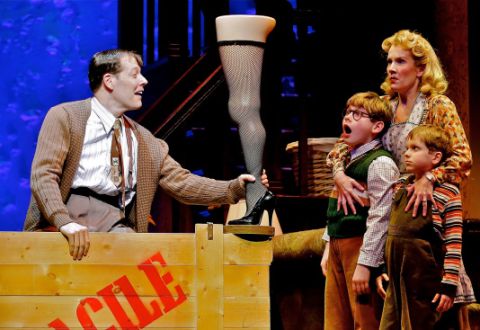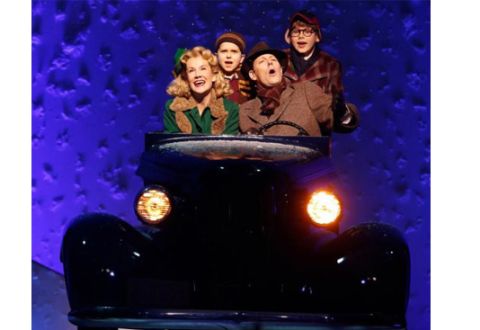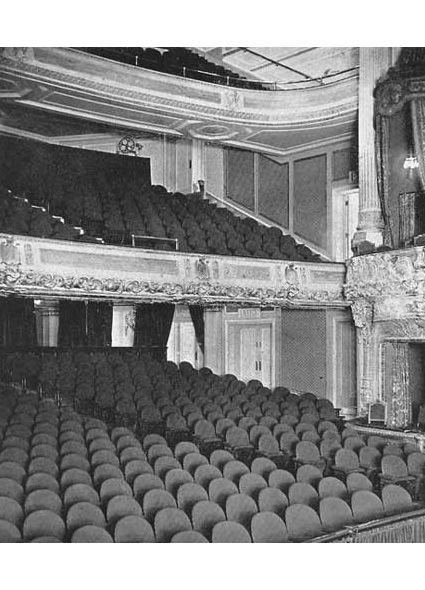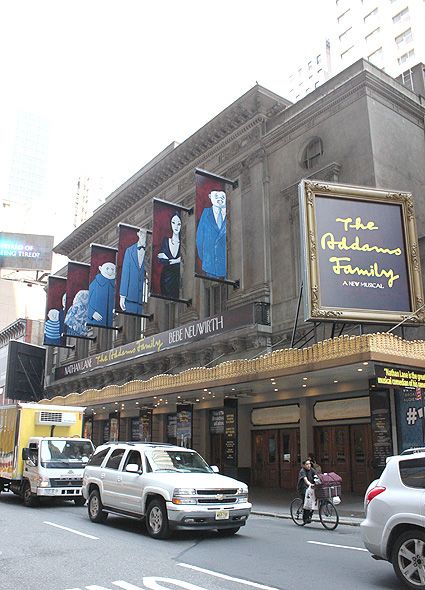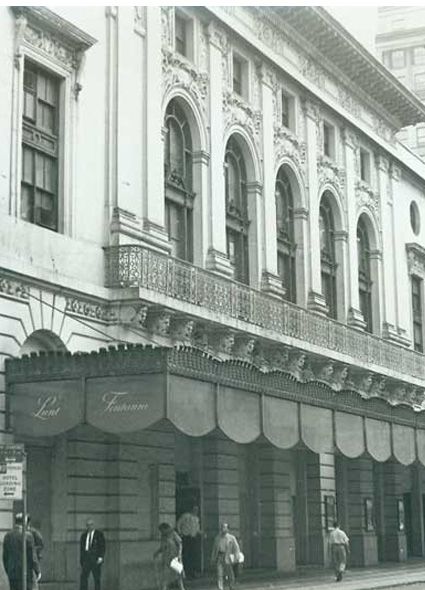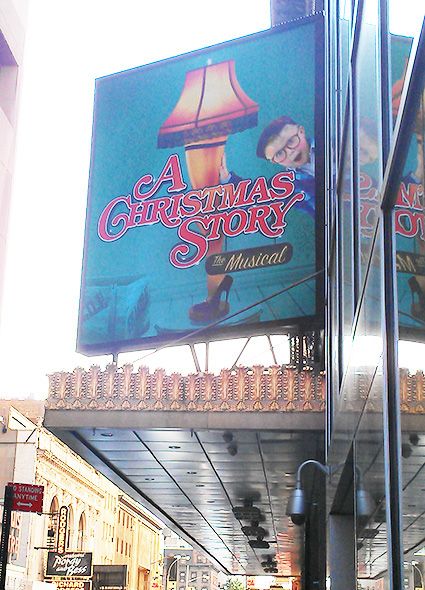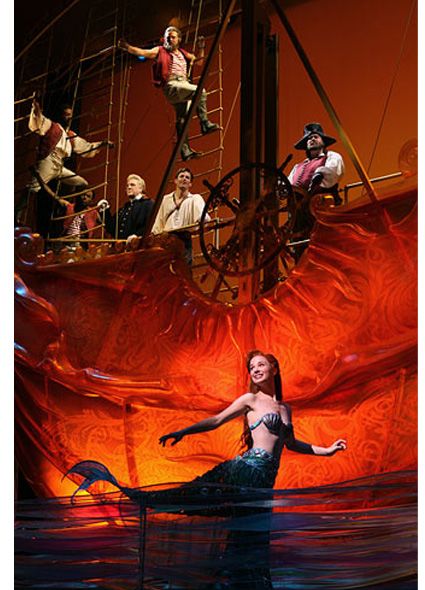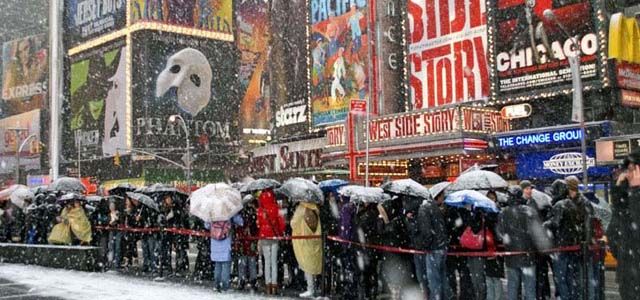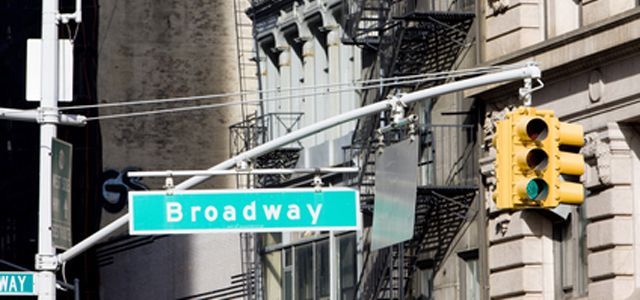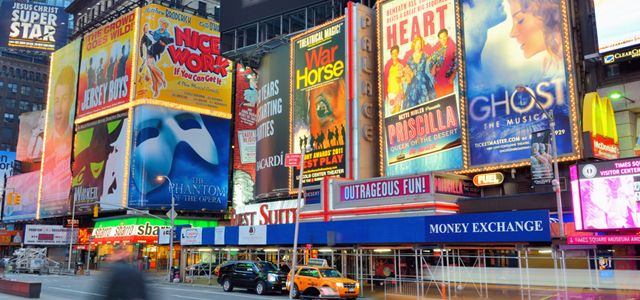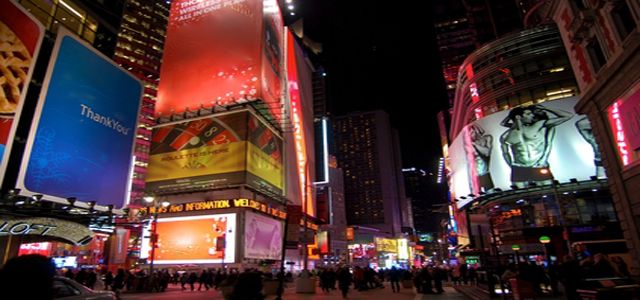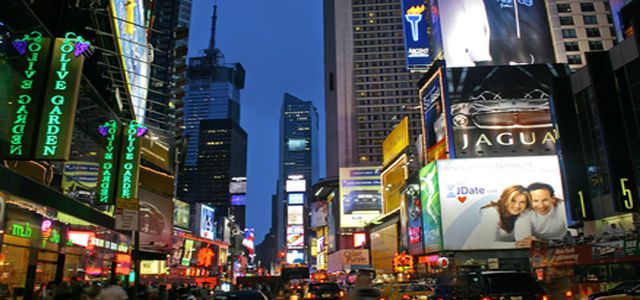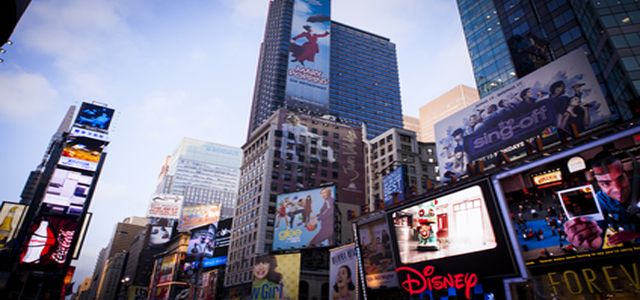The Lunt-Fontanne Theatre
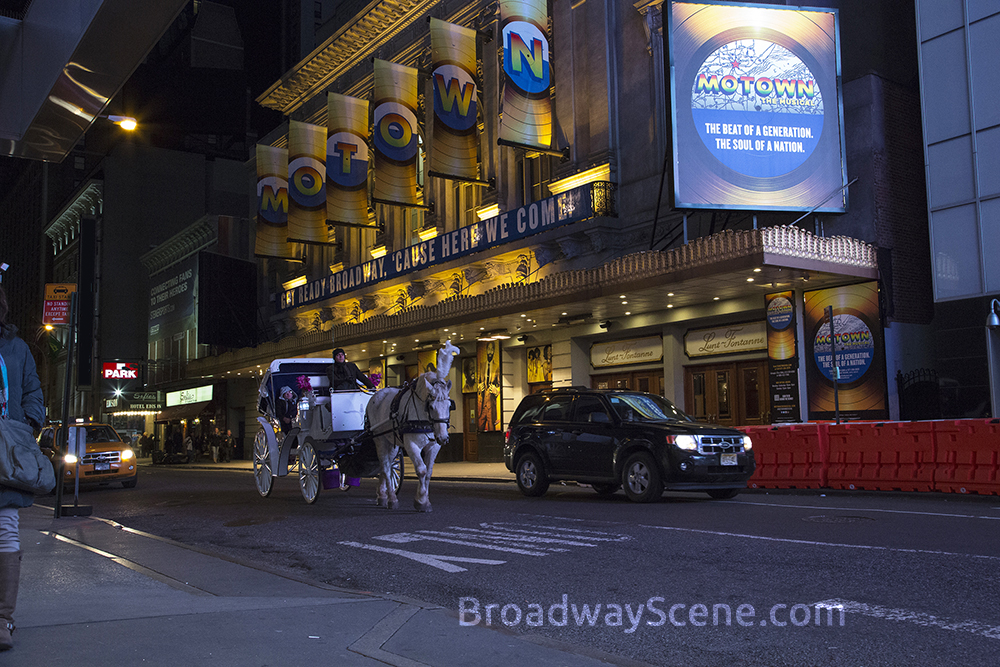 The Lunt-Fontanne Theatre, formerly known as The Globe, opened in 1910. It was constructed by producer Charles Dillingham and designed by the architectural firm of Carrere and Hastings. The theatre had a removable roof so that the venue could remain cool and open during the summer. After functioning as a movie house for some time, the theatre was reconstructed in 1958 as a legitimate theatre and rechristened the Lunt-Fontanne to honor America’s leading husband/wife acting couple, Alfred Lunt and Lynne Fontanne.
The Lunt-Fontanne Theatre, formerly known as The Globe, opened in 1910. It was constructed by producer Charles Dillingham and designed by the architectural firm of Carrere and Hastings. The theatre had a removable roof so that the venue could remain cool and open during the summer. After functioning as a movie house for some time, the theatre was reconstructed in 1958 as a legitimate theatre and rechristened the Lunt-Fontanne to honor America’s leading husband/wife acting couple, Alfred Lunt and Lynne Fontanne.
The Globe to Lunt-Fontanne
The Globe opened on January 10, 1910, with the auspicious musical The Old Town starring Dave Montgomery and Fred Stone. However, most of the Globe’s early productions were dramas, including two revivals of La Dame aux Camelias. This play was based on a novel by Alexandre Dumas, first published in 1848. The title character is Marguerite Gautier, who is based on Marie Duplessis, Dumas’ real-life lover.
In 1912, the Victor Herbert musical, The Lady of the Slipper, was a big hit. The cast featured Elsie Janis, Dave Montgomery, and Fred Stone. In 1914, the musical sellout Chin-Chin, written by Ivan Caryll, opened; this show also starred Dave Montgomery and Fred Stone. In October 1917, the musical Jack o’ Lantern premiered with Fred Stone. The show was also written by Caryll, and the production featured extravagant sets by Joseph Urban who designed the Ziegfeld Follies.
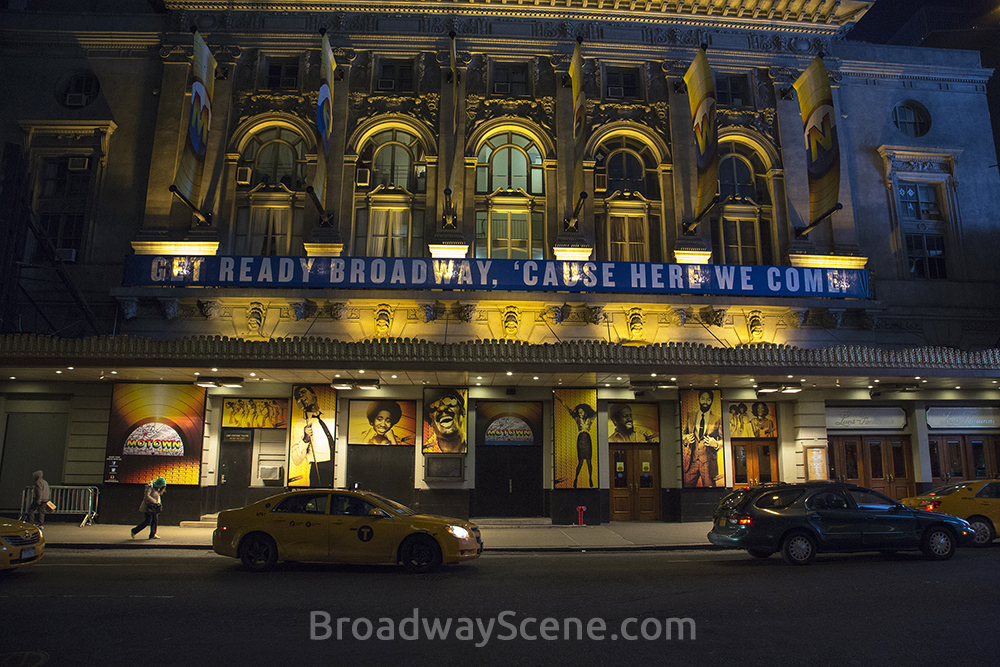 In 1919, Jerome Kern and Anne Caldwell’s show She’s a Good Fellow opened starring Joseph Santley and the Duncan Sisters. The musical ran for 120 performances before the first actors’ strike caused it to close. Ziegfeld brought his Ziegfeld Follies of 1921 to the Globe, and it was said to be phenomenal. The sets and costumes were luxurious and the cast was astonishing. Fanny Brice sang two of her most unforgettable tunes: “My Man” and “Second Hand Rose.” The cast also included W.C. Fields, Raymond Hitchcock, and Ray Dooley.
In 1919, Jerome Kern and Anne Caldwell’s show She’s a Good Fellow opened starring Joseph Santley and the Duncan Sisters. The musical ran for 120 performances before the first actors’ strike caused it to close. Ziegfeld brought his Ziegfeld Follies of 1921 to the Globe, and it was said to be phenomenal. The sets and costumes were luxurious and the cast was astonishing. Fanny Brice sang two of her most unforgettable tunes: “My Man” and “Second Hand Rose.” The cast also included W.C. Fields, Raymond Hitchcock, and Ray Dooley.
The Globe was transformed into a movie house in the 1930s. In 1957, City Playhouses Inc. purchased the Globe and the theatre underwent major renovations. It was renamed the Lunt-Fontanne and on May 5, 1958, it reopened with Friedrich Durrenmatt’s The Visit, featuring the famous theatrical couple in the lead roles.
Innovative Features
The Globe was located on 46th Street and offered an impressive Beaux-Arts exterior, and it also had a small entrance on Broadway between 46th and 47th Streets. Above the main entrance, there was an outdoor balcony that patrons could use during intermissions. Along with the retractable roof, seats were individually cooled by ice or heated by vents.
The theatre had a large stage, a small auditorium, Italian Renaissance ornamentation with Rose du Barry curtains, and gold, white, and blue walls. During the major renovation in 1957, the second balcony was removed along with the smaller Broadway entrance and a great amount of the original ornamentation was removed. The theatre was redone in an eighteenth-century style. A new stage was constructed and a mezzanine added. Crystal chandeliers and a hundred-foot ceiling painting of the theatrical muses added to the venue’s fresh lavishness.
The Lunt-Fontanne Theatre has 1,505 seats and is one of the Nederlander Organization’s nine Broadway theatres. Throughout the lobby, patrons can enjoy showcased photographs from Alfred Lunt and Lynn Fontanne’s personal collection.
A Variety of Productions
The sightlines in the Lunt-Fontanne Theatre are the best on Broadway, and although the theatre is large it has a delightfully intimate atmosphere. It has housed a variety of theatrical productions, from Disney musicals (The Little Mermaid and Beauty and the Beast) to limited engagements (A Christmas Story) to classic musicals (The Sound of Music).

